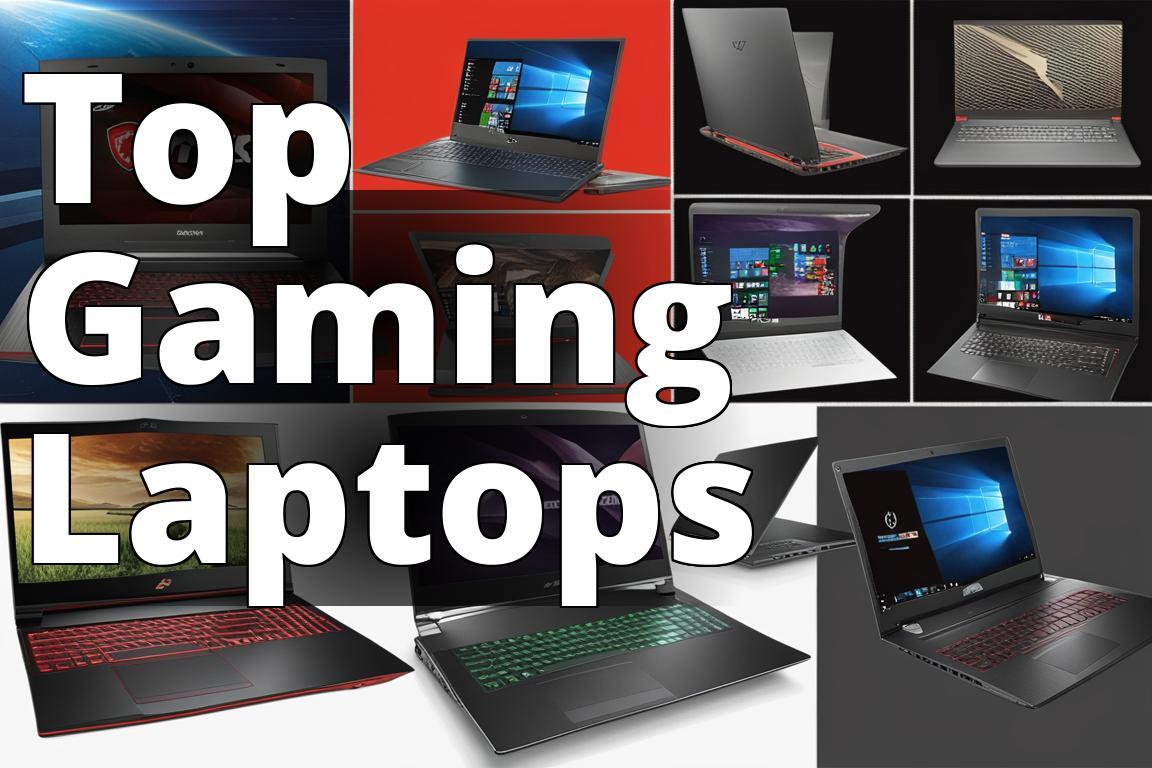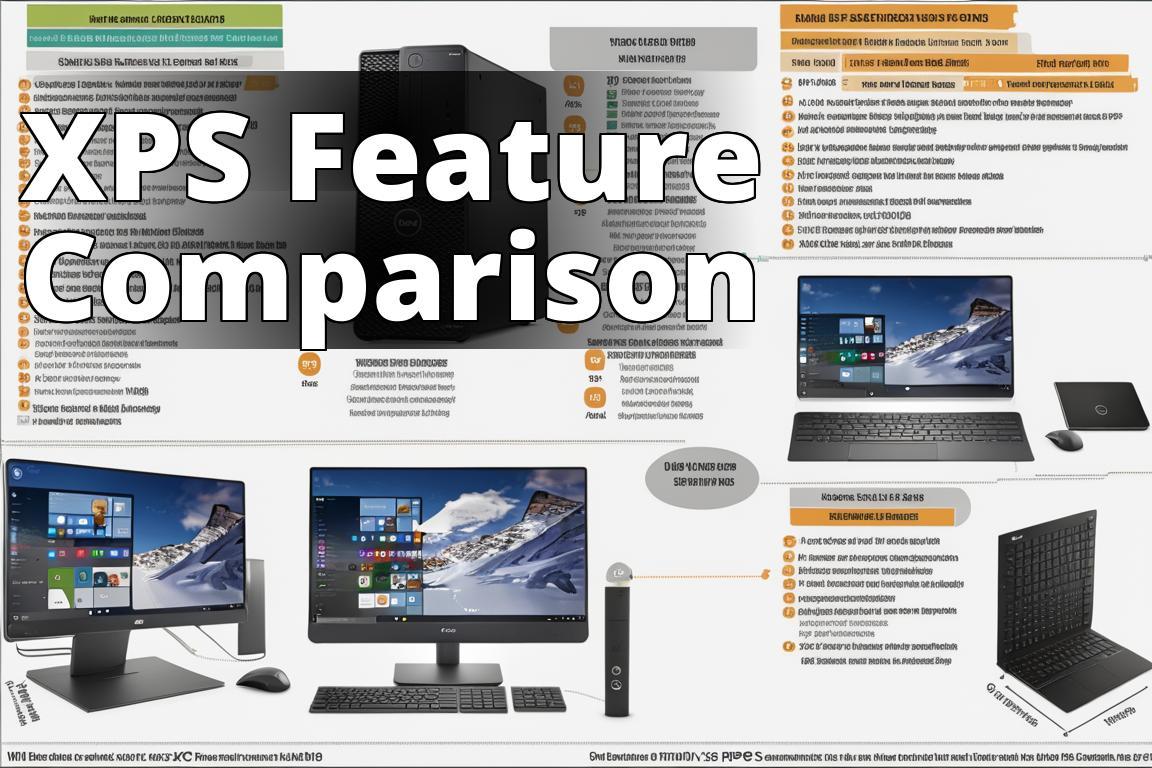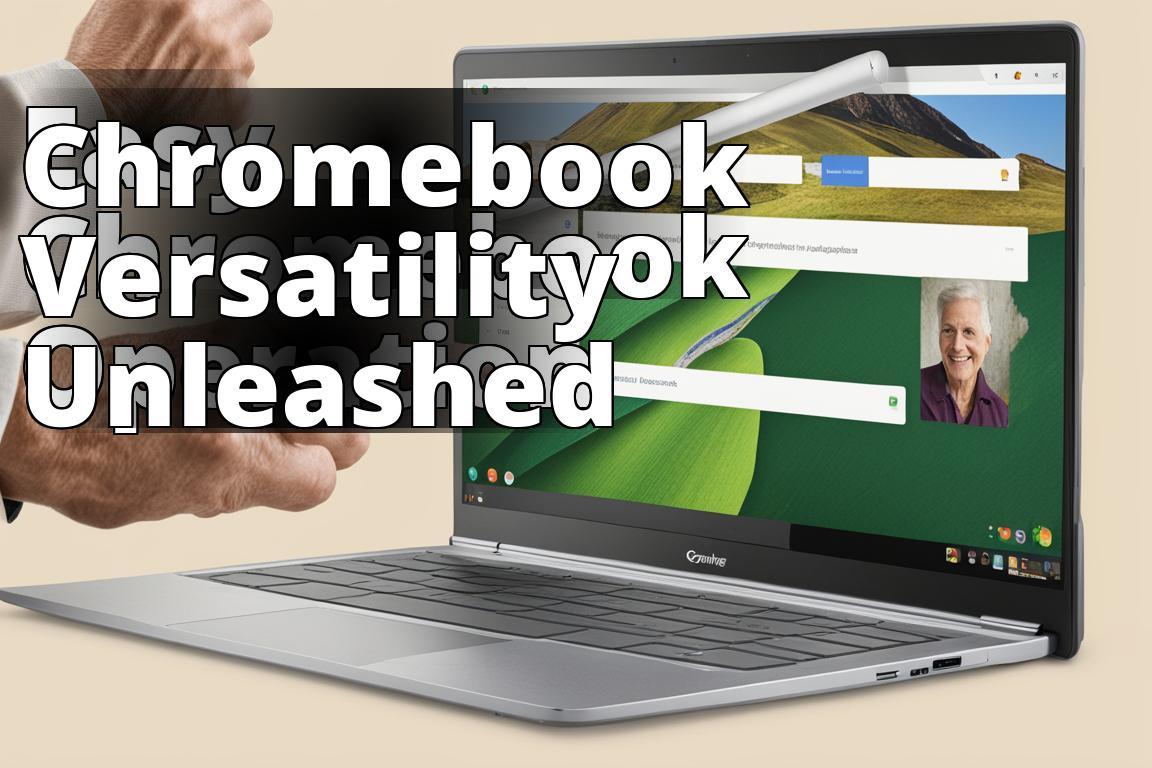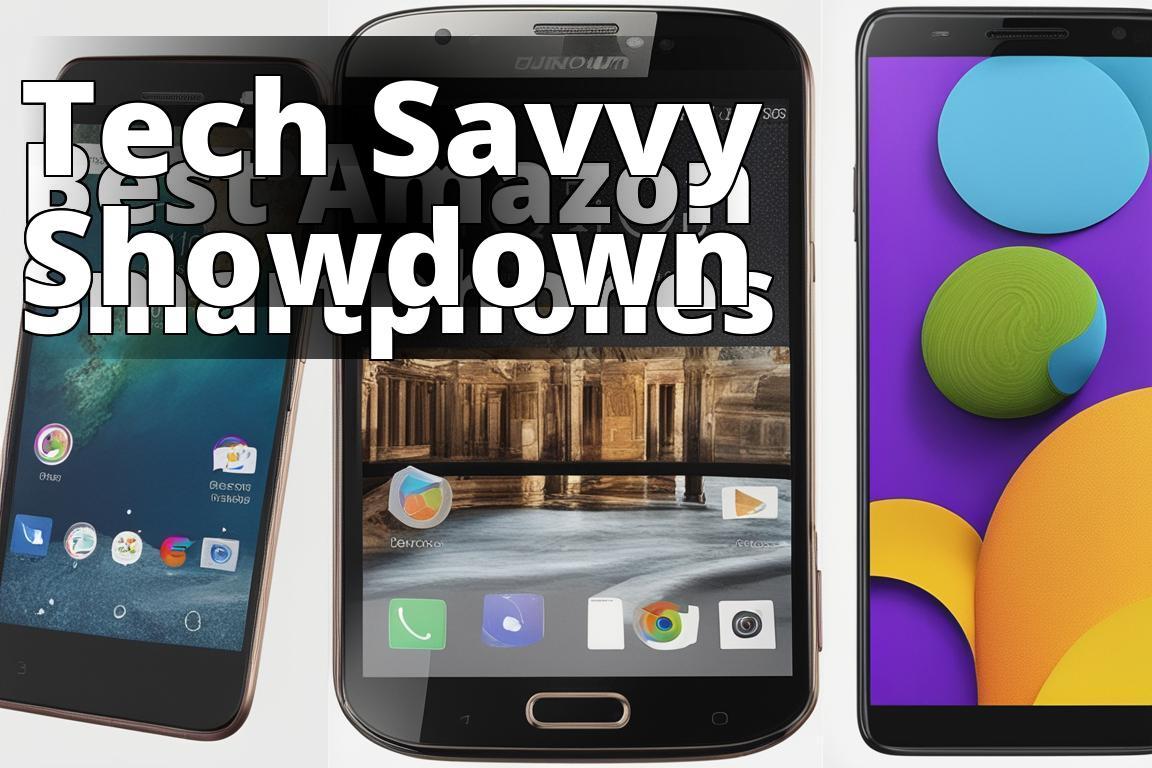Space Age 2.0 – Four Space Exploration Companies Leading the Way
The Space Age officially took off in 1957 when the Soviet Union launched Sputnik in October of that year. This event caught the world by storm as it was a monumental feat of engineering and scientific achievement unlike anything before. Thus, the Sputnik mission was considered the dawn of a new era in space exploration and innovation, as humans looked to journey to the stars and beyond.
Just over a decade after Sputnik, the USA finally achieved space superiority over the Soviet Union with the Moon landing in 1969. An unfortunate consequence of this successful mission was that many of the politicians and agencies responsible for the landing had quenched their appetite for space. The support and funding for additional Moon missions dwindled, bringing about a decline in the pace of innovation and achievement throughout the industry.
Today, a space industry renaissance is occurring as the commercial space industry starts to pick up where the government left off with private companies working to develop new technologies and explore new frontiers. Sometimes dubbed ‘Space Age 2.0’, this article will highlight four fast-growing companies leading the way.
Virgin Galactic
In 1970, when a 20-something-year-old British man started a mail-order vinyl record company called Virgin Records, no one could have predicted it would eventually become a multibillion-dollar corporation.
The brainchild of Richard Branson, Virgin Group is now a multinational conglomerate with hundreds of companies across several industries operating under the Virgin brand. Virgin Galactic is arguably one of the more recognizable companies under this umbrella.
Founded by Branson in 2004, Virgin Galactic is a commercial space company primarily focused on space tourism. For about $450,000 per seat, anyone with an extra pile of cash to spare can blast off in one of the company’s reusable rockets, reaching the edge of outer space for a few minutes of weightlessness before gliding back down to earth.
In many ways, the experience isn’t much different from what we’ve come to expect from regular, Earth-bound tourism. You arrive at the airport, board your plane, take off, and land. The key differences are, 1) your ‘plane’ is a SpaceShipTwo rocket ship traveling at 2,500 MPH, and 2) you’ll reach an altitude of over 50 miles above Earth, which is many times higher than that of ordinary flights.
Despite the progress over the past two decades, Virgin Galactic is still working toward making the dreams of the founder come true. While Branson was able to garner worldwide attention in 2021 after a successful mission to reach suborbital space, he admits that the company still has more work to do before customers can expect regularly scheduled flights.
In 2017, a spin-off company called Virgin Orbit was founded to compete in the fast-growing satellite delivery market. The company made headlines in 2021 after successfully delivering a commercial payload of seven satellites into orbit.
ULA
Founded in 2006, United Launch Alliance – or simply ULA – is a joint venture between two old guards of the commercial space industry. Looking to save money on R&D and better compete in face of rapid change, Boeing and Lockheed decided it was time to end the decades-long rivalry and partner up to form ULA.
Since its founding, ULA has racked up an impressive list of clients and achievements, already having successfully launched more than 100 satellites into orbit aboard its vehicles. According to the company, the satellites they’ve delivered apply to a wide range of missions including scientific and national security operations that involve climate monitoring, GPS, communication, and remote sensing.
While the company is fairly young on paper, critics are quick to point out that the primary launch vehicles used for its missions thus far relied on antique aerospace technology dating back some 70 years!
Space.com says the “Atlas rocket family has been a part of the military and aerospace industries’ arsenal since the 1950s.” And, the Delta family “stretches back to the early days of the Cold War space race.”
Nevertheless, the company is fast at work developing the cutting-edge, heavy-lift Vulcan Centaur launch vehicle. These spaceships are massive, measuring over 200 feet tall. They are designed to be partially reusable and can carry up to 60,000 lbs to low Earth orbit or nearly 32,000 if traveling beyond this point.
Despite the criticism, it’s hard to argue against the company’s stellar track record of success. Some of the biggest space milestones over the past decade – such as sending Curiosity to Mars or Juno to Jupiter – are largely thanks to the launch vehicles manufactured by ULA.
Blue Origin
Blue Origin says the company “was founded with a vision of millions of people living and working in space for the benefit of Earth.” And thankfully, the centibillionaire founder behind the company, Jeff Bezos has deep enough pockets to fund the development of the science-fiction-based technology it will take to achieve such a monumental goal.
Founded back in 2000 and based out of Kent Washington, Blue Origin is one of the longest-running private space companies on the planet.
Inspired by the Moon landing, Bezos’ original plan for Blue Origin was to become a suborbital space tourism company. However, over the years, the scope of business has grown to include developing launch vehicles and rocket engines, as well as providing a variety of aerospace services for governments and private companies.
The company’s most prominent accomplishments to date revolve around the ongoing development of its “New Shepard” launch vehicle. Although the program dates back as far as 2006, New Shepherd first burst into the public consciousness in late 2015 when it performed a first-of-its-kind vertical “soft-landing” after returning from a space flight.
More hype and hysteria began to swirl around the New Shepherd program in 2018 when Blue Origin began to tease an upcoming crewed mission to space. However, after countless setbacks and delays, the crewed mission didn’t take off until 2021 – a successful operation that saw Jeff Bezos and his brother Mark among the four passengers aboard the 10-minute flight.
Since then, Blue Origin has continued to launch successful crewed missions to space. Noble guests aboard these flights include NFL star / TV personality Michael Strahan and Star Trek actor William Shatner.
In addition to New Shepherd, the company is also working to develop a much larger launch vehicle called New Glenn. As presently designed, this rocket will measure over 320 feet tall and have a payload capacity of 100,000 lbs for LEO missions and up to 30,000 lbs beyond LEO.
Space X
The Space Exploration Technologies Corporation – or better known as SpaceX – is one of the most popular commercial space companies operating today. Perhaps, this is because the company’s eccentric, ultra-rich founder, Elon Musk is also a key player behind other well-known companies such as PayPal and Tesla.
Musk’s SpaceX is often credited as the number one company launching society into the commercial space age. This is partly due to Musk’s larger-than-life cult of personality. And also partly due to the many many milestones, SpaceX has achieved since it was founded in 2002.
For example, SpaceX was the first private company to launch a liquid-fueled rocket to orbit in 2008 with Falcon 1. Then the following year Falcon 1 became the first privately developed rocket to successfully launch a commercial satellite. In 2012, the company’s Dragon capsule became the first commercial spacecraft to dock and deliver supplies to the crew aboard the International Space Station. Then in late 2015, the company became the first to land the first stage of an orbital-class rocket back on land, and then the first to do it at sea in 2016.
As of 2022, Elon’s SpaceX continues to shatter records and lead the pack of big vision companies looking to pioneer the commercial space industry. The company is currently working to develop its Falcon Heavy – a heavy-lift rocket ship that comes in at 230 feet tall and has a low Earth orbit payload of 141,000lbs, nearly 60,000lbs for GTO, and up to 37,000lbs for Mars missions!
- LEVITATION GLOBE - Globe floating in midair by the magnetic force from bottom and top of frame. 3 LED beads in frame shows Purple, Pink & Cyan colors. Amazing centerpiece
- SPINNING 25 MIN - Floating Globe Levitating Globes- Almost zero friction force while it levitation in air. Try drive the globe by your hand, the 360 degree rotation will last 15-25 minutes. Cool decor on desk or Book Shelf Decor. Cool conversation piece with others
- COOL GIFT for MEN & KIDS - Great gifts for boyfriend, children, colleagues, even your boss. Perfect birthday gifts for men and personalized Christmas Gifts for men, Anniversary or Valentines day gifts, Father's Days gift ideas. It is a funny men’s gifts
- EASY INSTALL - Globe diameter 3.5 inch /9 cm, easily hold by 1 hand. Switch on the C shape frame, Squat down your body and ensure sight line height is same to the opening of frame. Then follow the user manual and you will success after several times try
- WHAT YOU GET - Stand, Globe ball, Power adapter. Globe ball shows country name, ocean, continent by clear words. Attract boys / girls and inspire their exploring spirit and interesting to geography and STEM science
















